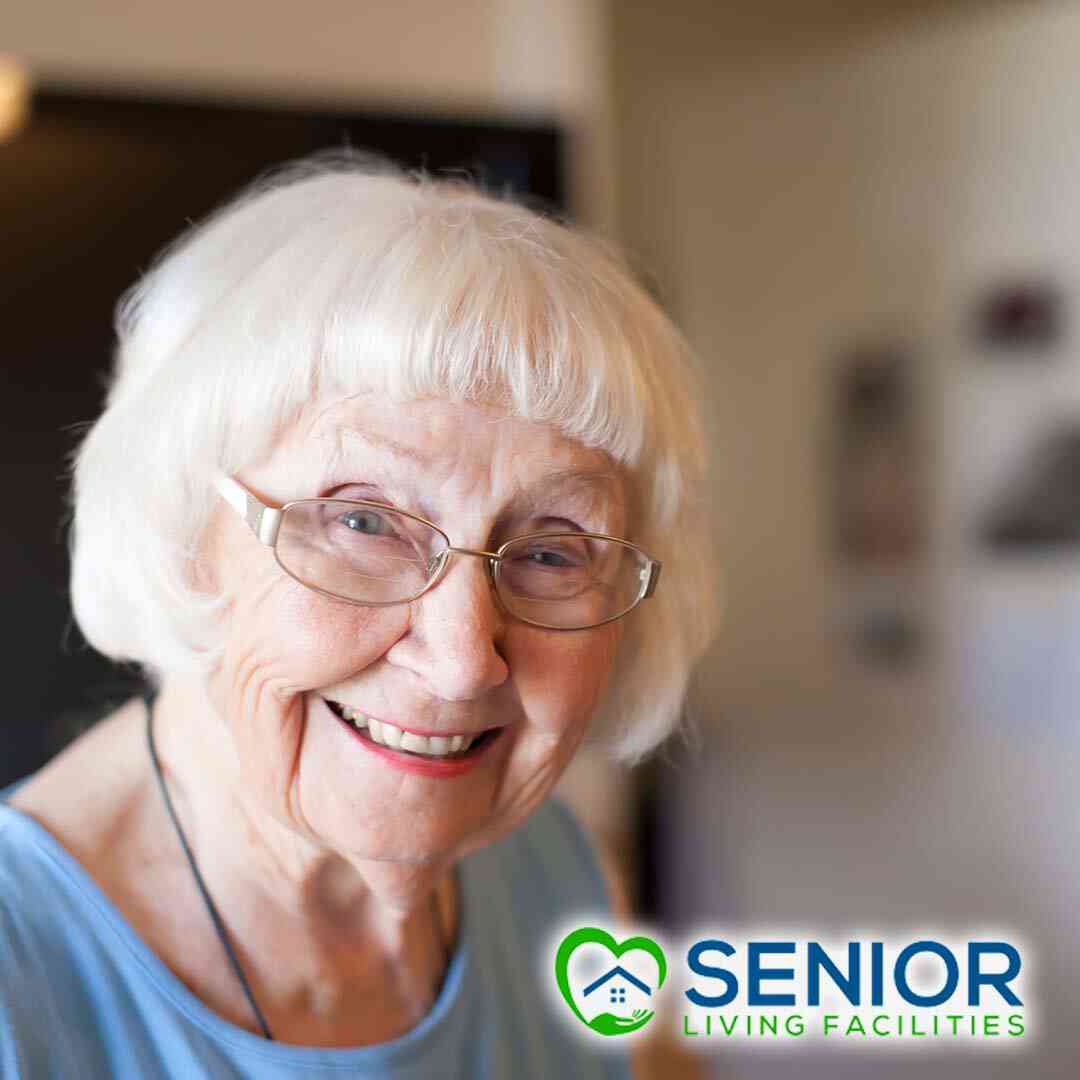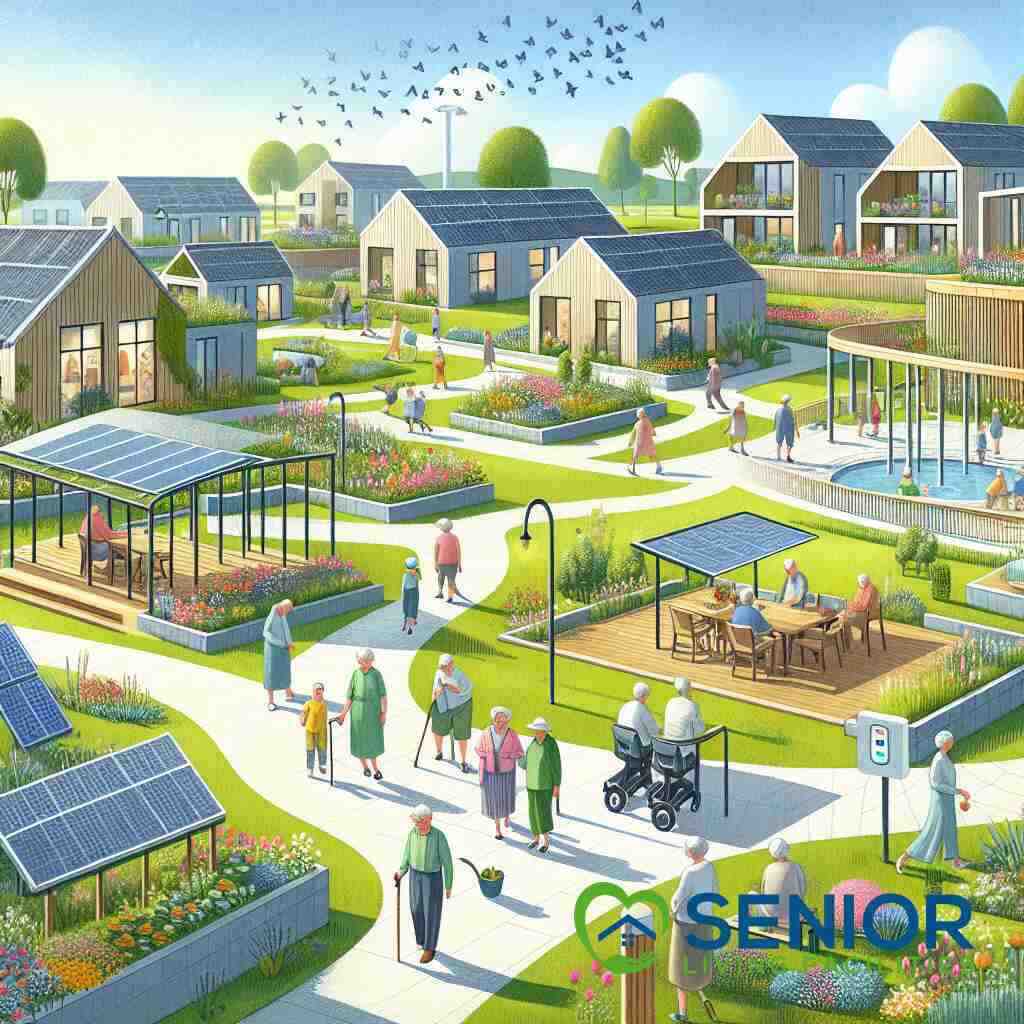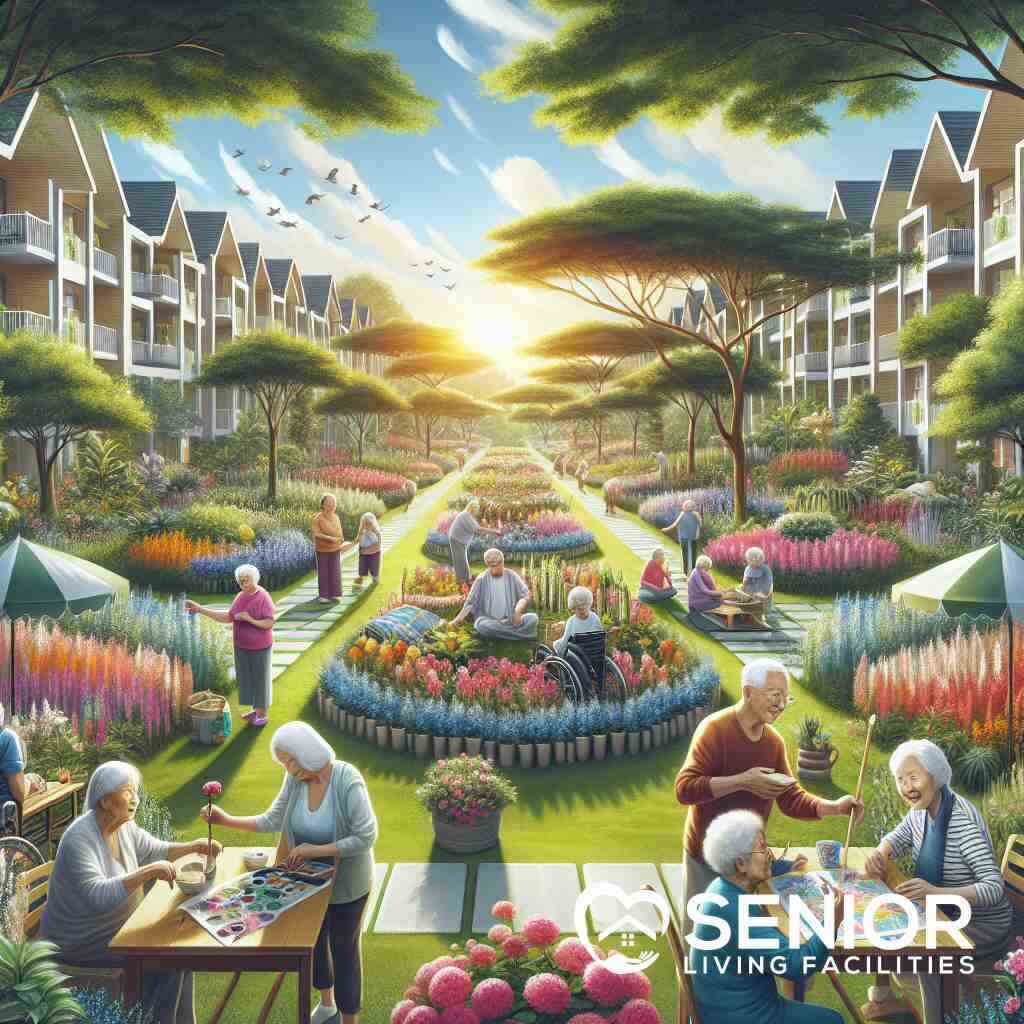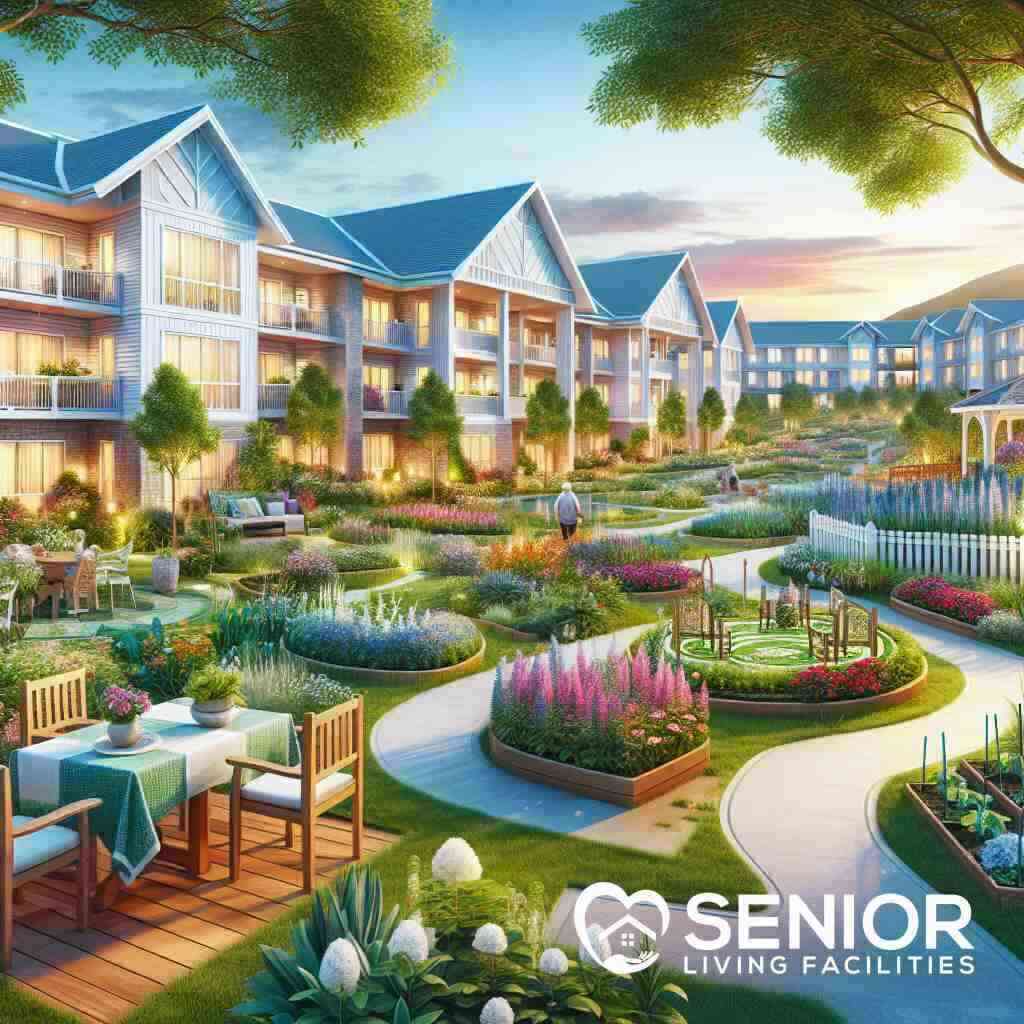
Ensuring Safety with Key Features of Top Senior Living Facilities
October 18, 2023
Introduction
Background of Senior Living Facilities Safety Features
When we talk about senior living facilities, one of the first things that come to mind is safety. These facilities are dedicated spaces designed to cater to the unique needs of the elderly. With the rise in senior housing demand, modern facilities have evolved to ensure that their residents not only live comfortably but also securely.
Senior Living Facilities in California, Senior Living Facilities in New York, and Senior Living Facilities in Texas, for instance, have become exemplars in introducing innovative safety measures. These states have recognized the necessity for advanced safety protocols, and their facilities reflect that priority.
Importance of Comprehensive Safety Measures
For our elderly loved ones, a fall or a medical emergency can be life-altering. Ensuring that safety measures are in place can significantly decrease the risks associated with senior living. An environment that promotes both physical and mental well-being is paramount.
Resident well-being is a holistic concept that encompasses not just physical safety but also mental and emotional health. It’s not enough to have sturdy handrails and 24/7 staff availability; it’s equally essential to provide opportunities for resident engagement and social activities.
Key Features to Look for in Top Facilities
On-Site Medical Care and Health Monitoring
One of the hallmarks of top senior living facilities is the presence of on-site medical care. This means that in the event of a medical emergency, medical professionals are available to offer immediate assistance.
Additionally, continuous health monitoring ensures that any changes in a resident’s health are quickly noticed and addressed. Services such as medication management and personalized care plans are also integral to the overall well-being of the elderly.
Senior-Friendly Designs and Accessibility
Senior-friendly designs, as discussed in Our Blog, are all about making the living environment comfortable, safe, and accessible. This involves features like ramps, grab bars, non-slip flooring, and adequate lighting.
Mobility assistance and fall prevention are paramount in these designs, ensuring that seniors can move around freely and safely. Facilities like Senior Living Facilities in Illinois and Senior Living Facilities in Ohio stand out in implementing these designs.
Different Types of Senior Living Facilities
Independent Living vs. Assisted Living
Independent living is ideal for seniors who are still active and require minimal assistance. These setups often resemble retirement communities where residents live in their apartments but have access to communal areas and social opportunities.
Assisted living, on the other hand, offers more support, providing services like bathing, dressing, and medication management. Senior Living Facilities in Arizona and Senior Living Facilities in Michigan offer excellent examples of these distinct living options.
Skilled Nursing and Rehabilitation Services
Seniors recovering from surgeries or dealing with chronic conditions often require skilled nursing. These services, available in places like Senior Living Facilities in Massachusetts and Senior Living Facilities in New Jersey, provide around-the-clock care.
Rehabilitation services, including physical therapy and occupational therapy, ensure that seniors can regain their strength and independence after an illness or injury. To explore facilities that offer these services, you can Find Senior Living Facilities Near You.
Memory Care and Dementia Care
For seniors with Alzheimer’s or other forms of dementia, specialized memory care units provide tailored care. These environments are designed to reduce confusion and provide structured routines, enhancing resident well-being.
Dementia care, particularly in facilities like Senior Living Facilities in Oregon and Senior Living Facilities in Pennsylvania, emphasizes creating a supportive environment that caters to the unique challenges these seniors face.
Importance of Recreational Activities
Social and Cultural Activities
Engaging in social and cultural activities is essential for the mental well-being of seniors. Activities like art classes, musical events, and book clubs stimulate the mind and offer seniors an opportunity for interaction. Cultural events, available in Senior Living Facilities in Colorado and Senior Living Facilities in Virginia, expose seniors to new experiences and traditions, enriching their lives.
Such events not only provide a window into diverse cultures from around the world, but they also promote cognitive stimulation and social interaction among residents. From international food tastings to traditional dance performances, these activities encourage seniors to celebrate global diversity, spark memories of their own cultural heritage, and foster a sense of community within the facility.
Wellness Programs and Physical Therapy
Wellness programs, often found in Senior Living Facilities in North Carolina and Senior Living Facilities in Washington, focus on overall health. These include exercise classes, dietary workshops, and mindfulness sessions. Physical therapy is crucial for maintaining mobility, balance, and strength.
Regular sessions can help in preventing falls and improve overall physical health. Incorporating physical therapy into a senior’s routine not only addresses immediate mobility concerns but also empowers them with a renewed sense of independence. By engaging in targeted exercises and therapeutic techniques, seniors can regain confidence in their movements, reduce the risk of joint and muscle ailments, and enjoy a better quality of life. The psychological boost that comes from achieving personal mobility milestones can significantly uplift their spirits and overall mental well-being.
Outdoor Spaces and Amenities
Access to outdoor spaces, gardens, and walking paths are essential for seniors’ mental and physical well-being. Fresh air and nature have therapeutic effects, reducing stress and promoting relaxation.
Facilities like Senior Living Facilities in Minnesota and Senior Living Facilities in Tennessee emphasize the importance of well-maintained outdoor amenities for their residents. In these facilities, outdoor spaces are seen as more than just areas for recreation; they’re therapeutic environments that contribute significantly to residents’ quality of life. The healing power of nature is well-documented, with numerous studies highlighting its ability to reduce stress, lower blood pressure, and improve mood.
Consideration of Dietary and Nutritional Needs
Dietary Plans and Personalized Care
Nutrition plays a pivotal role in senior health. Therefore, top facilities offer dietary plans tailored to individual needs, ensuring seniors receive the right nutrients. Personalized care extends to dietary needs as well, recognizing that each resident may have unique requirements or restrictions.
In recognizing the diverse dietary needs of seniors, many facilities have also started collaborating with dietitians and chefs to craft meals that are not only nutritious but also appetizing. With age, taste preferences and digestion can change, making it essential to create menus that cater to both health and palate. By emphasizing a balance between flavor and nutrition, these facilities ensure that meals are an enjoyable and health-enhancing experience for residents.
Nutritional Guidance and Support
It’s not enough to provide meals; guidance on nutrition is equally vital. With the expertise of dietitians and nutritional experts, seniors can be educated on making healthier food choices. Senior Living Facilities in Utah and Senior Living Facilities in Wisconsin are known for their excellent nutritional programs and support. Furthermore, the complexities of aging, including changes in metabolism, dietary restrictions due to medications, and age-related conditions, necessitate specialized knowledge in nutrition.
This attention to detail ensures that residents maintain good health, energy levels, and overall well-being. In addition to Utah and Wisconsin, Senior Living Facilities in Connecticut and Senior Living Facilities in Alabama have also received commendations for their outstanding dietary services and nutritional education programs.
Legal and Regulatory Aspects
State Regulations and Certifications
Every state has regulations governing senior living facilities. These regulations ensure that standards are maintained and that residents receive quality care. Facilities are often required to undergo regular inspections and meet specific criteria to remain operational.
Certifications, as seen in Senior Living Facilities in Maryland and Senior Living Facilities in Missouri, are proof that these facilities adhere to the highest standards of care and safety.
Safety Inspections and Compliance
Safety inspections are routine checks to ensure that all equipment, infrastructure, and systems are in optimal condition. Any issues identified are addressed promptly to prevent potential hazards.
Compliance with safety protocols is non-negotiable. This ensures that residents are not only safe but also have a high quality of life. Facilities like Senior Living Facilities in Alaska and Senior Living Facilities in Montana take these inspections very seriously, ensuring that they always meet or exceed the required standards.
Factors Influencing Choice of Facility
Affordability and Insurance Coverage
Choosing a facility isn’t solely about the amenities and care provided; affordability plays a significant role. Many top facilities offer various payment options, including insurance coverage, veterans benefits, and respite care discounts.
Senior Living Facilities in Nevada and Senior Living Facilities in Delaware, for instance, offer a range of payment plans to ensure that quality care is accessible to all.
Resident-to-Staff Ratio and Staff Training
A low resident-to-staff ratio ensures personalized care and quick response times. It’s essential for seniors, especially those requiring more intensive care.
Staff training is equally crucial. Trained staff can handle emergencies better and provide a higher standard of care. Facilities like Senior Living Facilities in Hawaii and Senior Living Facilities in Oklahoma emphasize the importance of continuous staff training.
Technological Innovations in Senior Living
Innovative Technologies for Safety
Modern technology has significantly impacted senior care. From wearable devices that monitor vital signs to advanced emergency communication systems, technology ensures seniors are safer than ever. Facilities like Senior Living Facilities in Idaho and Senior Living Facilities in South Dakota are at the forefront of integrating innovative technology for resident safety.
Amidst this technological boom, a notable trend is the adoption of smart home technologies tailored for the elderly. These include voice-activated systems, automated lighting, and sensors that detect abnormal movements or falls. Additionally, there are wearable devices designed to monitor a resident’s vital signs in real-time, alerting medical staff of any anomalies immediately.
Modern Equipment and Facilities
As the senior living industry evolves, so does the equipment and infrastructure. Modern equipment ensures more efficient care delivery, from advanced medical devices to state-of-the-art recreational facilities.
Senior Living Facilities in Maine and Senior Living Facilities in Vermont are prime examples of this evolution, offering residents access to the latest in senior care technology. Integrating technology into senior care not only enhances safety but also improves the quality of life for residents. For instance, advancements like telemedicine platforms allow for real-time consultations with healthcare professionals, negating the need for frequent off-site visits.
Preparing for the Transition
Family Involvement and Pre-Admission Processes
Moving into a senior living facility is a significant transition. It represents a shift in daily routines, surroundings, and often in the level of independence. This change can be emotionally and psychologically challenging for the senior. Family involvement in this process ensures that the senior’s needs and preferences are taken into account.
Their familiar faces, comforting voices, and understanding of the senior’s history and preferences can bridge the gap between the known past and the unfamiliar future. It provides the seniors with a sense of continuity, grounding them during this pivotal phase of their life. The pre-admission process, which includes tours, discussions, and evaluations, helps in ensuring that the transition is smooth. Senior Living Facilities in New Mexico and Senior Living Facilities in West Virginia have comprehensive pre-admission processes in place.
Visitor Guidelines
Once a senior has moved into a facility, regular visits from family and friends are crucial for their emotional well-being. Clear visitor guidelines ensure that these visits are conducted without disrupting the daily operations of the facility.
Facilities like Senior Living Facilities in Nebraska and Senior Living Facilities in Rhode Island prioritize family involvement, recognizing its importance in ensuring a positive resident experience.
Conclusion
Safety Features and Emergency Systems
As the aging population continues to grow, the demand for secure Senior Living Facilities becomes even more critical. Families and seniors alike prioritize the safety and well-being of their loved ones above all else. It is essential for senior living facilities to not only provide a comfortable and engaging environment but also one that is safeguarded against potential risks and emergencies.
Top senior living facilities are now integrating advanced safety measures to protect their residents. This includes fall-prevention systems, such as non-slip flooring and handrails in critical areas. Many facilities also utilize bed and chair exit alarms to notify staff when a resident might be at risk of falling. Additionally, clear and well-lit pathways, both indoors and outdoors, ensure that residents can move around freely without the fear of stumbling or getting lost. Controlled access to the facility and surveillance cameras further enhance security, ensuring that only authorized individuals can enter and that residents are always under a watchful eye.
Emergencies, unfortunately, can happen at any time, making it crucial for senior living facilities to be well-prepared. Modern facilities are equipped with state-of-the-art emergency response systems, including easy-to-access emergency call buttons in each room and common areas. These systems ensure that help is just a button press away. In addition, facilities often have on-site medical staff and regular drills to ensure that in the event of a crisis, everyone knows their role and can act swiftly.
A Vision for the Future of Senior Living
The future of senior living is bright, with facilities continually evolving to offer better care, more advanced amenities, and a holistic approach to senior well-being. As we move forward, we can expect even more innovations, ensuring that our elderly loved ones live their golden years in safety, comfort, and happiness. Furthermore, the integration of advanced technology and data analytics in senior care facilities will pave the way for personalized and predictive care. Smart homes tailored for the elderly will offer automated systems that adjust to individual needs, from lighting to mobility assistance. Telemedicine and remote health monitoring will become standard, enabling real-time health interventions and reducing the need for frequent clinic visits. As technology and care models converge, seniors will not only benefit from increased safety and convenience but also enjoy a greater sense of autonomy and empowerment in their daily lives. For more information on how these technologies can be integrated into specific facilities or to discuss potential collaborations, visit Contact Us page.


